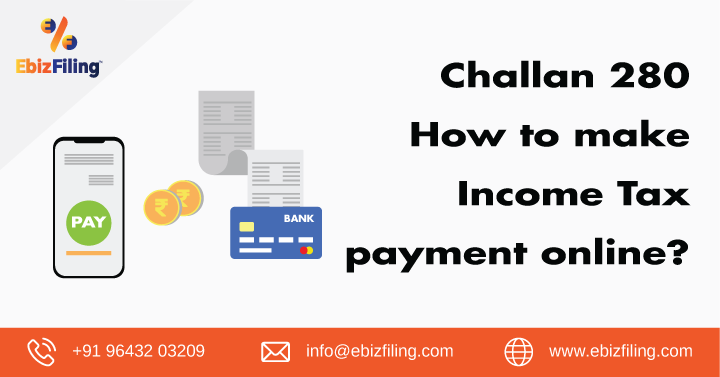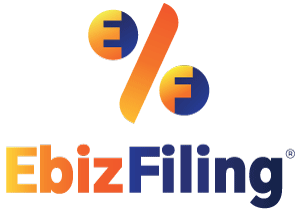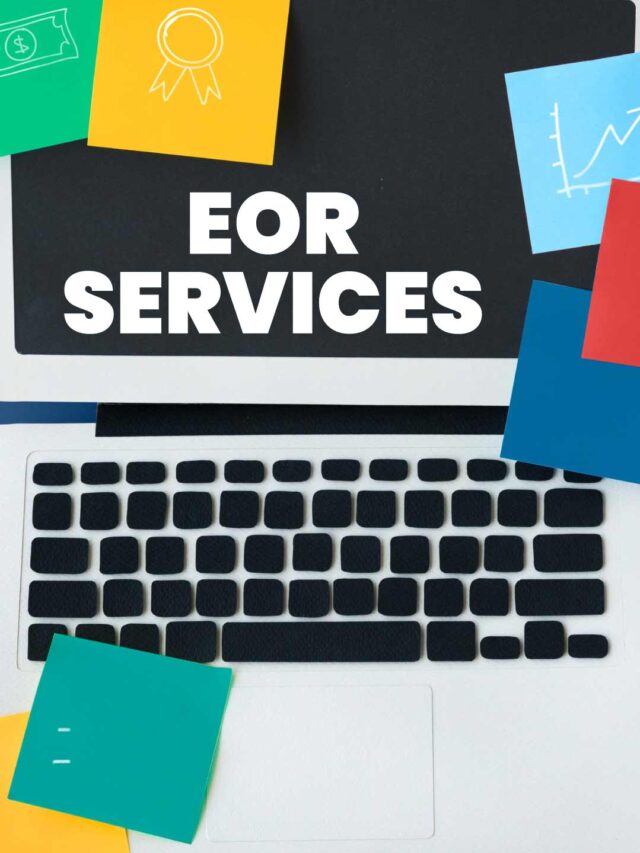
-
November 29, 2024
How to make income tax payment online with Challan 280?
Income tax is a fundamental component of the financial system, ensuring governments can fund public services, infrastructure, and social welfare programs. In India, the payment of income tax is an obligatory process for individuals and entities earning income. The digitized process streamlines the experience, making online income tax payments easier, quicker, and more efficient. Challan 280, an essential form for making income tax payments, plays a key role in this process.
This article will guide you through the income tax challan 280 online payment, its significance, and the steps involved in making an online payment using Challan 280.
What is Income Tax?
Income tax directly taxes the income individuals and businesses generate within a specific jurisdiction. In India, the Government of India sets income tax rates based on income tax slabs. These rates increase with higher income levels, ensuring that more affluent individuals contribute a greater share of taxes. The government periodically revises income tax slabs and rates based on economic conditions and policies.
You can pay income tax in different ways, such as using Challan 280 for individual payments and other forms like ITNS 281, ITNS 282, ITNS 283, and ITNS 284. Each challan serves a specific purpose for paying various types of taxes.
What is Challan 280 in Income Tax?
Taxpayers in India use Challan No. ITNS 280 to pay income tax. They rely on it for various purposes, such as paying Advance Tax, Self-Assessment Tax, Tax on Regular Assessment, Surcharge, and Tax on Distributed Profits or Income. This form plays a crucial role in enabling individuals and corporations to fulfill their tax obligations. Taxpayers can access and use Challan 280 online, making the payment process more convenient.
When making an income tax payment online, individuals must ensure they fill out Challan 280 accurately. The tax payment can be done for different types of taxes, such as:
- Advance Tax: Pay income tax in advance when it is expected to exceed a certain threshold.
- Self-Assessment Tax: Paid when calculating tax liability after completing the tax return.
- Tax on Regular Assessment: Paid when the tax assessment is done after a detailed review.
- Surcharge: Additional tax imposed over the regular tax, usually for high-income earners.
- Tax on Distributed Profits or Income: Paid when distributing profits among shareholders or stakeholders.
“Challan 280 is an important tool for paying income tax online in India. This paper explains the process, from choosing Challan 280 to getting confirmation of payment. It highlights how easy, efficient, and secure it is to pay taxes online.”
How to Make Income Tax Payment Online Using Challan 280?
The online income tax payment process using Challan 280 is simple, and you can complete it in just a few steps. Follow these steps to pay your tax correctly and efficiently:
Step 1: Visit the Income Tax Department’s Website
To initiate the process of challan 280 online payment, the first step is to visit the official Income Tax Department website (https://www.incometax.gov.in/iec/foportal/). On the home page, navigate to the ‘e-payment’ section. This section is dedicated to facilitating online payments for various taxes, including income tax.
Step 2: Select Challan 280
Once you reach the e-payment section, select ITNS Challan 280, the relevant challan for income tax payment. Use this challan to pay income tax, whether it’s for advance tax, self-assessment tax, or any other type of tax assessment.
Step 3: Choose the Type of Payment
Once you select Challan 280, the system will prompt you to choose the type of tax payment you are making. The options include:
- Advance Tax
- Self-Assessment Tax
- Tax on Regular Assessment
- Surcharge
- Tax on Distributed Profits or Income
Make sure to select the appropriate type based on your tax situation. If you are paying for multiple types of taxes, you may need to use separate challans for each.
Step 4: Choose Payment Method
Now, you will need to select your mode of payment.
You can make the payment through a Debit Card or via Internet Banking. Choose the option that best suits your preference and available resources.
Step 5: Enter PAN and Other Details
In this step, you’ll be required to enter your PAN (Permanent Account Number) and other mandatory details. These include:
- Accounting Head: The specific category of tax under which you are making the payment.
- Taxpayer’s Address: Your official residential or business address.
- Mobile Number: A valid mobile number for verification and notifications.
- Bank Name: The bank through which you are making the payment.
Enter all the details correctly to avoid errors and delays.
Step 6: Review and Confirm Details
After entering the required information, you’ll be presented with a confirmation screen. This screen will display the details entered and match the PAN with the official Income Tax Department records. Ensure that everything is accurate, including your name, PAN details, and payment type.
Step 7: Proceed to Bank’s Payment Gateway
Once you confirm the details, you will be redirected to the bank’s net banking site. This is where you will need to log in using your user ID and password to authorize the payment. The banking interface will guide you through the final payment steps.
Step 8: Complete Payment
After you successfully log in to your banking site, the system prompts you to enter the payment details, including the amount and any additional required information. Once you complete these steps, you submit the payment request.
Step 9: Download the Challan Counterfoil
Once the system processes the payment, it generates the Challan counterfoil. This counterfoil includes essential payment details, such as the Challan Identification Number (CIN), payment amount, and bank information. It serves as proof that the payment has been successfully completed.
Step 10: Save the Payment Receipt
Finally, save the payment receipt or print it for your records. Use this receipt as proof of income tax payment, which you might need for future reference or during tax filing.
Conclusion
Making an income tax payment online in Challan 280 is a convenient and secure method for fulfilling your tax obligations. Taxpayers can easily navigate the online payment system and pay their taxes on time by following the steps outlined above. Whether paying advance tax, self assessment tax, or other tax assessments, they rely on Challan 280 as a crucial document in the income tax payment process. This digital transformation in tax payment simplifies the process, makes it more accessible and user friendly, eliminates the need for physical visits to tax offices, and encourages timely payments.
Income Tax Return
File your Income Tax Return with Ebizfiling at affordable prices.
About Ebizfiling -










Reviews
Bharath
21 Apr 2020I’ve received great support even during these times of distress. Thank you so much, and a special shout to Nilesh who has been extremely supportive.
Gautam Chhabria
01 Oct 2019These guys deliver on their promise..
Karthik
05 Apr 2019Awesome Service! I am very happy with the way the process is being handled. Snehal also followed up constantly to ensure that the items are completed on time successfully. Thanks for your service.
December 12, 2025 By Dhruvi
Should business advisors learn fundraising compliance basics? To Start With, When a founder begins their startup journey, the first person they usually speak to is a business advisor, not a lawyer or an accountant. Advisors become the early voice of […]
October 30, 2025 By Dhruvi
ITR Filing Extension F.Y. 2024-25: Common Mistakes to Avoid Before the New Deadline Introduction The CBDT has extended the due dates for ITR filing and audit report submissions for FY 2024-25. The new ITR filing deadline is now 10th December […]
November 14, 2025 By Dhruvi
7 Essential Skills CAs Should Learn in 2025 for Growth Introduction As a content writer at Ebizfiling, I interact with Chartered Accountants and professionals almost every day. Over time, I have realized that the role of a CA is not […]